How to make flowers for March 8 with your own hands?
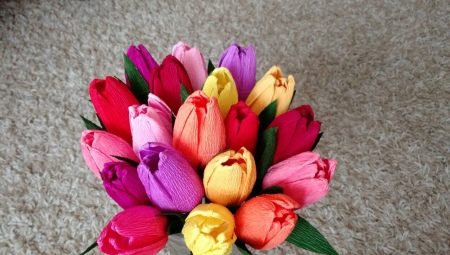
Most often, children in kindergarten and at school make flowers as a gift for their mother on March 8. But I want to diversify the traditional mimosas made from cotton balls and tulips made of colored paper folded three times with something truly original, made by hand.
Materials and tools
Depending on what kind of bouquet or flower you are going to make, you may need:
- paper - colored (thin or thick), corrugated, foil;
- napkins of different colors;
- glue;
- plastic tubes or wooden skewers;
- scissors;
- simple pencil.
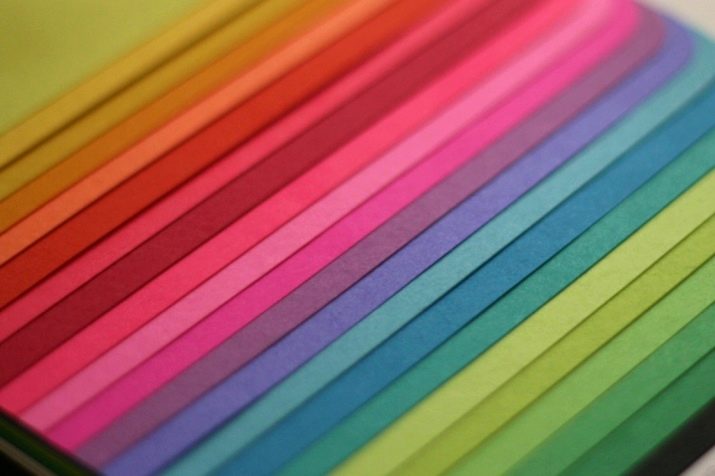
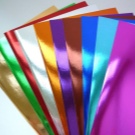
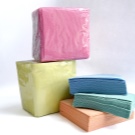
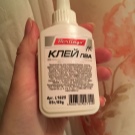
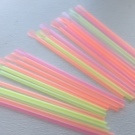
It is better to check before starting work that you have everything you need to create a future gift, so as not to be distracted by searches during the work process.
Prepare your workplace - it should be spacious enough so that you can easily lay out parts and blanks of future colors, cut and glue them. Provide good lighting.
The younger the child, the safer the cutting objects should be. Preschoolers and younger students are better off working under the supervision of an adult.
Making flowers
Before starting work, you need to decide what flowers and in what quantity are planned to be made. Perhaps it will be a bouquet or a basket of flowers. Or a composition in which the buds look out of a congratulatory envelope. Having chosen a future gift, you can start creating it.
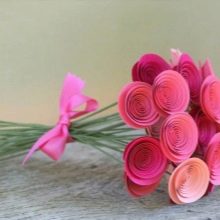
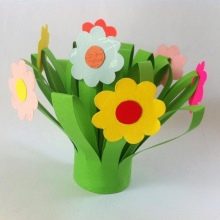
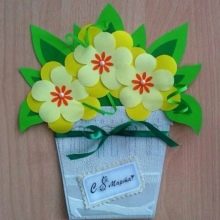
Chamomile
For those who have a remarkable reserve of patience, we can advise you to make a spectacular postcard with a "figure of eight" from voluminous daisies.
The easiest way to make a postcard is to use a blue A4 sheet of cardboard. This sheet must be folded in half. As for daisies, to create them, one sheet of white and yellow colored paper is required. Cut the white paper into 11 strips with a width of 2 cm each. Yellow - also into 11 parts, but the width of one strip will be 1 cm. On the white stripes, you need to make cuts, the distance between which will be 5 mm. The same is done with yellow blanks, but the "step" of the notch is 2 mm.
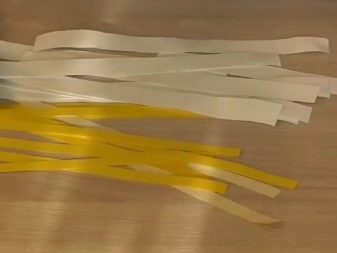
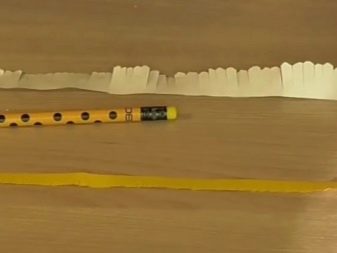
To make the cores of the daisies, each strip should be smeared with glue on the bottom, and then screw it onto a wooden skewer or toothpick. After the glue dries, you need to carefully remove the skewer. In this way, all the cores are formed. The white stripes need to be twisted slightly from the cut side, forming the bend of the petals. You can do this with a pencil. After that, the white stripe is wrapped around the core, after which the chamomile is ready.
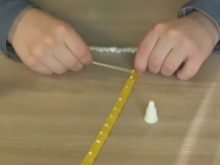
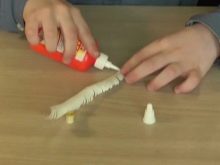
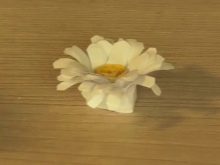
When all the daisies are made, markings for the future "eight" should be made on the card blank. You need to do it from the back side. The upper circle should have a diameter of 4 cm, the lower one - 6 cm. After marking the circles for the number "8", you will need to carefully cut them out, being careful not to damage the card. It remains only to turn the sheet over and stick the chamomile on it.
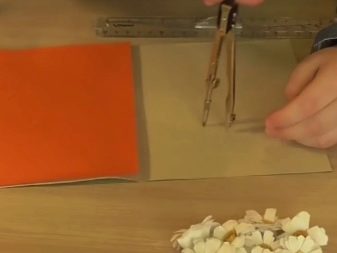
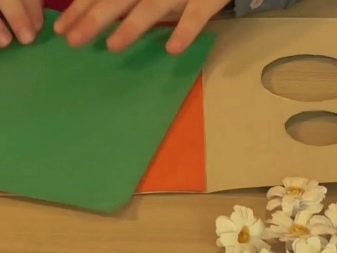
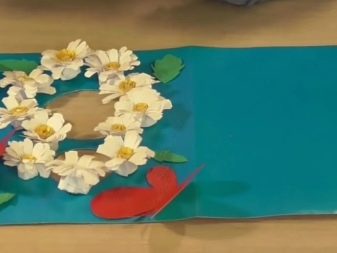
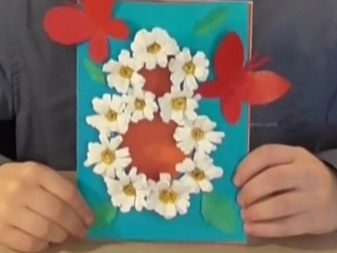
Roses
Corrugated paper roses look very impressive. To make such a bouquet, you need: corrugated paper - red and green, a small piece of cardboard, threads, thick wire, as well as glue and scissors.
First you need to cut a strip from a sheet of red paper. Its parameters should be 58x19 cm. Then the strip must be folded along the length in half, smearing the bottom with glue. You need to smear along the granular part of the sheet. The halves should be glued together.
First, you need to make a blank of a rose petal measuring 9.5x7.5 cm, giving it the appropriate shape. Next, a strip of red corrugated paper must be folded into an accordion (the size of one section of the "accordion" is 7.5 cm) and the petals must be cut out. There will be 15 of them.
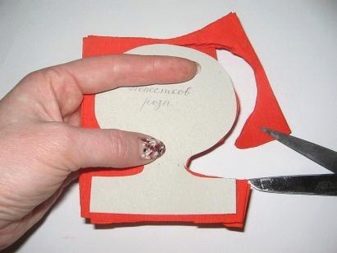
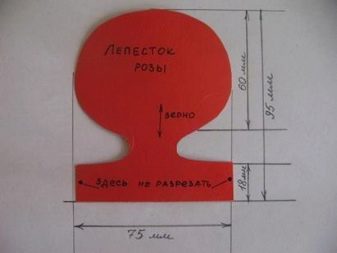
Each petal spreads out, stretching along the upper edge so that it bends slightly outward. The first 2-3 petals are wound on a piece of wire (they should fit snugly against it). The rest are wound loosely to form a flower. When everything is ready, you need to tie the flower with red thread, fixing it.
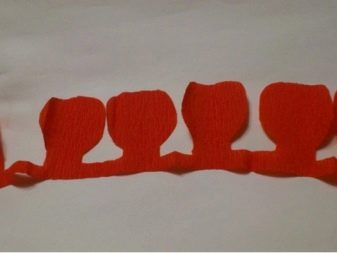
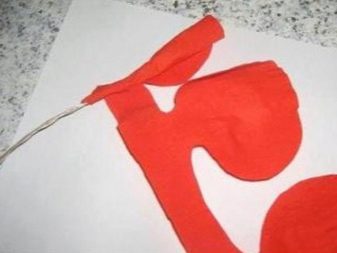
Next is the turn of sepals. They need green corrugated paper. Its strip should have dimensions of 12x9 cm. The length of the cut should be teeth, the height of which should not exceed 7 cm. After that, the sepal must be wound on the bottom of the flower, after having smeared the place of attachment with glue along the entire length of the strip.
To form the stem, you will need to cut out the leaves in the required amount - their length should not exceed 6-7 cm. The leaves should be attached to the strip with either a thin green wire or a thread of the appropriate color.
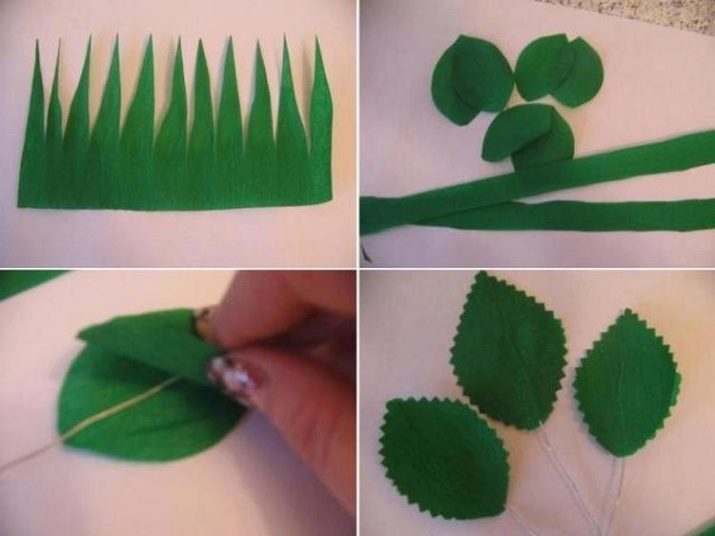
Fewer petals are required to make rosebuds, but they do not need to be bent outward. You can put a candy inside each flower or bud, then the gift will also come with a surprise.
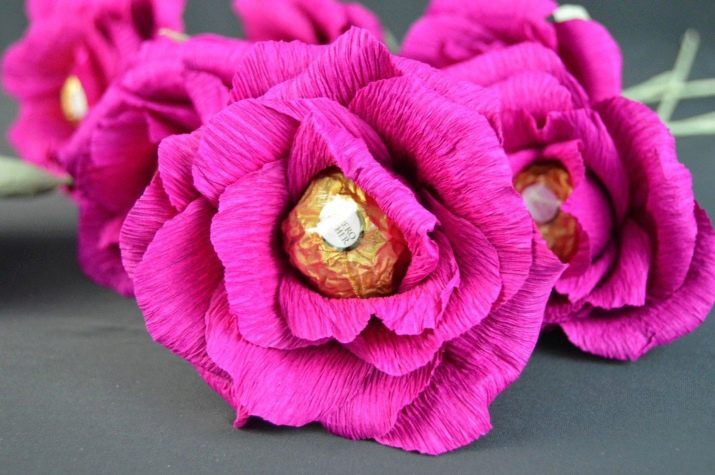
You can also make roses from fairly thick scrapbooking paper. If it is embossed, it will only add texture to the flower.
From a large square (the dimensions are determined independently), you need to cut a circle. A spiral is cut out of the circle, and it starts from the outer edge to the center. In this case, the turns of the spiral must be of the same width.
After that, the rose needs to be shaped by twisting. Depending on the size of the spiral, you will need a wooden stick or pencil. You need to twist it as tightly as possible, and then relax the twist a little so that the flower looks loose. Next, you need to immediately glue it to the round base with the bottom part.
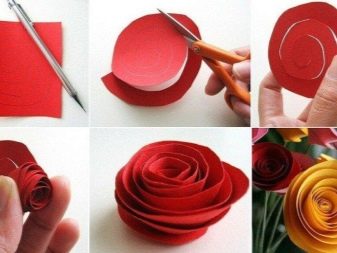
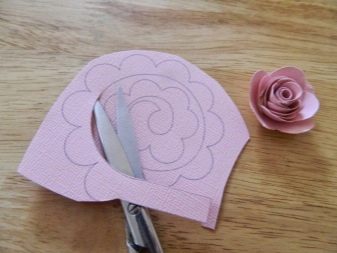
Such roses, glued to a heart, an eight or a circle made of cardboard, look very beautiful. You can take several shades of paper and make a gradient of colors.Or choose two colors and make the word "Mom" with one, and frame it with the other. The same roses can be made from felt, but then another glue is required for gluing.
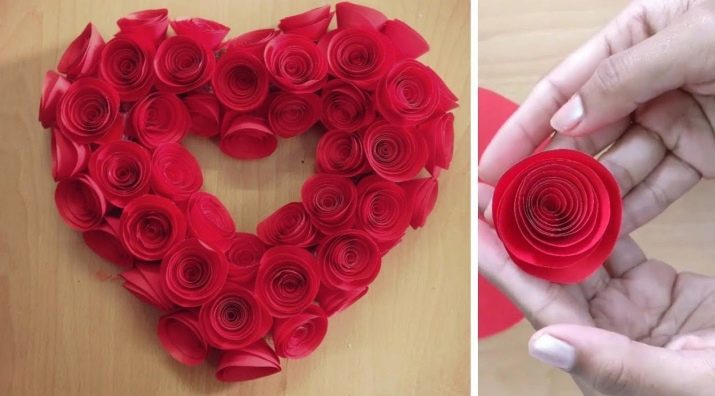
Tulips
It would seem that everyone knows how to roll a tulip out of paper. However, you can add a flower of originality. You will need: colored paper, craft paper for an envelope, a sticker or sticker for a gift lettering, glue, scissors, wooden skewers.
One tulip needs three petals. To make them, you need 3 squares of paper. Each of them is bent in half and a petal is cut out. One petal needs to be expanded - it will be the central one, and the other two be bent in half and glued on the sides of the central petal. Cut a strip out of green paper along the length of a wooden skewer, coat the strip with glue from the inside and wrap it around the skewer, leaving room for the leaves to glue. Next, you should cut out the leaves and glue them to the stem.

To fold an envelope, fold a square of kraft paper in half, then fold the side corners towards the center. Having bent the corners, the vase must be turned outward. The envelope is ready.
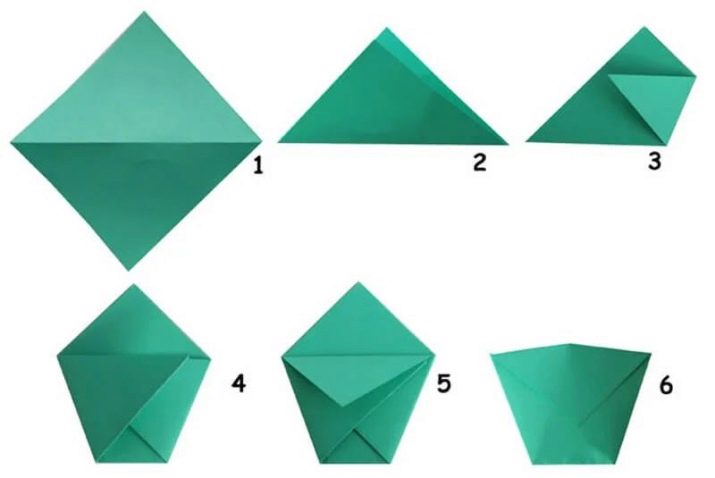
It remains only to glue a sticker, write a congratulation and insert the tulips into a vase envelope.
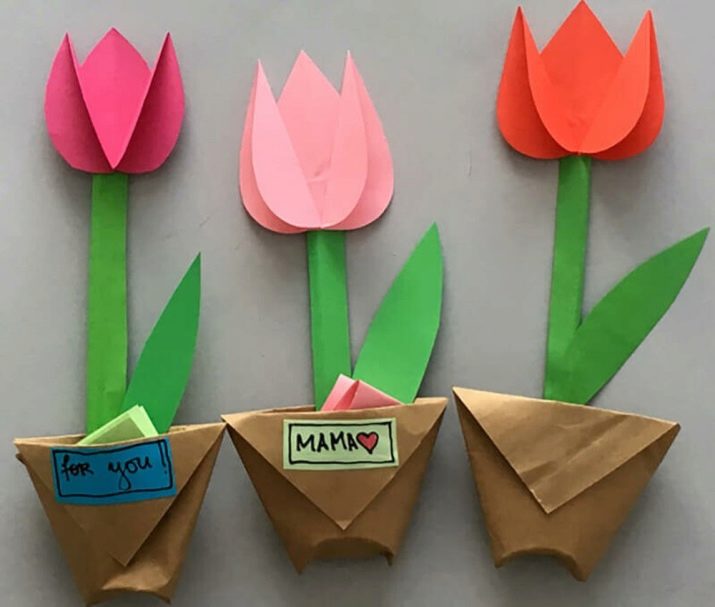
If the manufacture of such a vase is difficult, you can make a pot for tulips.
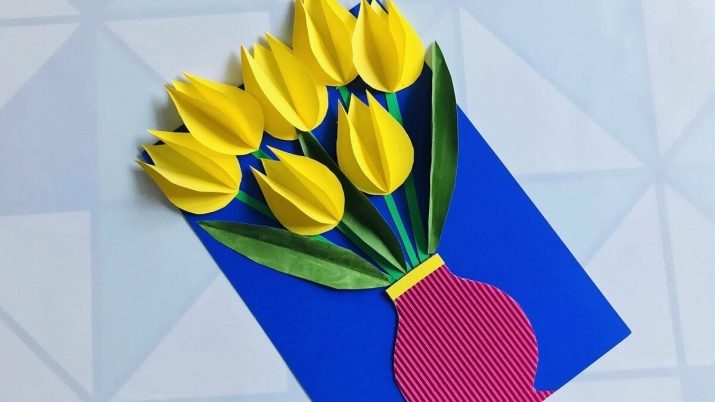
Mimosa
Even children can guess how to glue lumps of cotton wool, painted in yellow, on a postcard. But to create mimosa from napkins or corrugated paper - even many adults do not know this. So, you will need: yellow napkins or thin corrugated paper, green colored paper, wooden or plastic stick, glue, scissors.
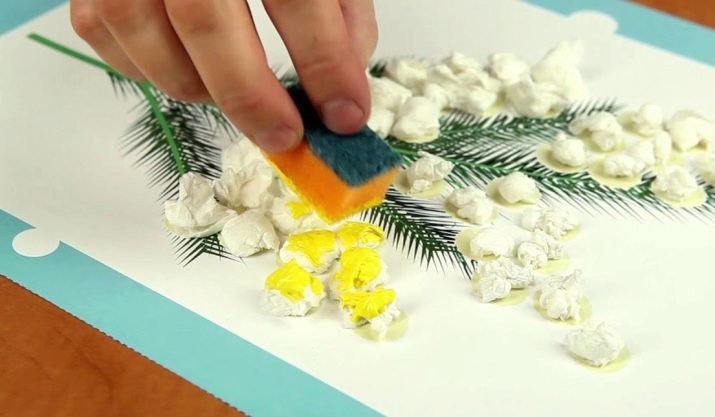
To make flowers, strips 3 cm wide are cut from napkins or paper, folded in half and very frequent cuts are made along the entire length. The depth of the cut is not more than 1 cm, otherwise the workpiece will break. The "fluffier" the blank is, the better. Now each of them needs to be wound into a roll. After that, flowers are formed and fixed on the stem. Each flower should have an odd number of rolls.
Mimosa leaves are made in a similar way, only the width of the strip should be larger. You need two strips. Having made many cuts, it is required to wrap the stick-stem with leaves, smearing the uncut side with glue. To complete the craft, you can put the sprigs of mimosa in a plastic cup or craft mug, and fold crumpled green paper inside for stability. The glass itself must be pasted over with paper in the color of the resulting bouquet. If the mimosas are in the original mug, you do not need to paste over it.
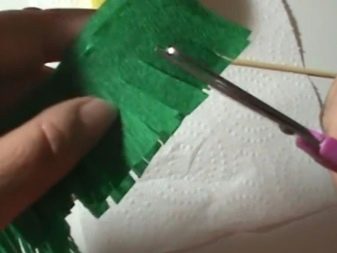

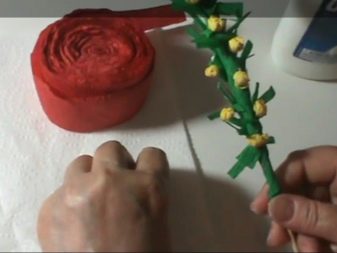
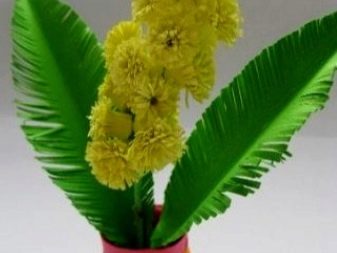
Napkin buds
An original bouquet of improvised means can be made quite quickly. To do this, you need three-layer napkins in two colors, scissors, a stapler and a top from a plastic bottle with a neck (this will be a vase).
To make dandelions, the napkin is folded several times, cut into squares, fastened crosswise with a stapler in the center, shallow frequent cuts are made along the edges. Further, each layer is slightly folded towards the center, forming a fluffy bud. A green wire is suitable for the stem, one end of which is gently inserted into the flower. The leaves are cut from green paper and carefully attached to the stem.
Having made the required number of dandelions, they fill the "vase". To hide the unsightly appearance of the vase, it can be wrapped in paper to match the bouquet.
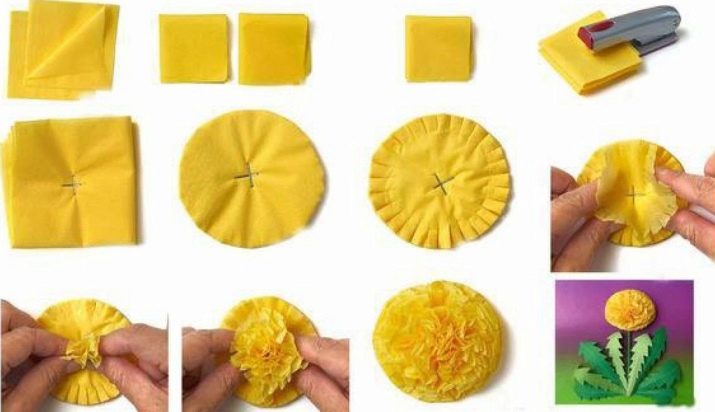
You can also make carnations from napkins. To make a carnation, the napkin is folded into a small accordion, and fixed in the center with wire or a thin thread. The result is a bow. Further, a flower is formed from the accordion. The more layers in the napkin (and the thinner the layers), the more magnificent the flower will be.
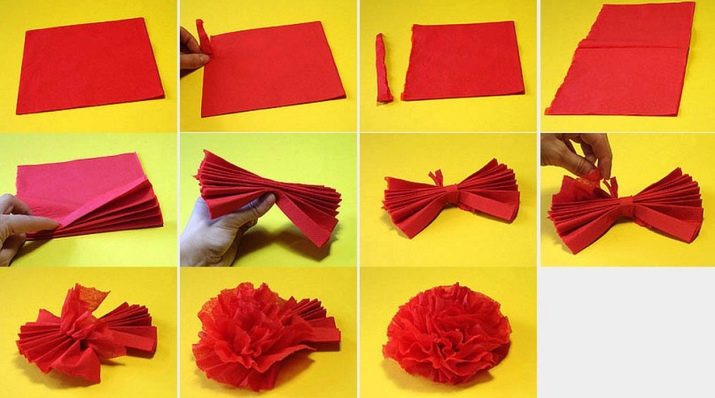
Corrugated paper
Corrugated paper is a versatile material for creating flowers in different sizes.
There are several techniques for making a crepe paper flower: by overlaying the layers on top of each other, by means of a screw assembly, by rolling into a roll. In addition, you can collect buds or flowers from petals, fix them on a flat or fixed base.
Working with overlapping layers involves the assembly of blank petals into a single whole, followed by their fastening with wire. This technique is used to create peonies and roses.
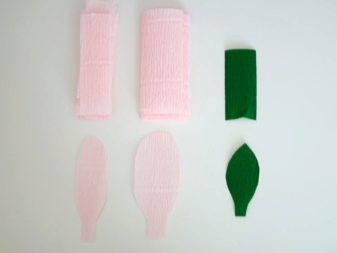
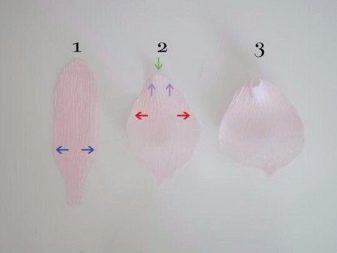
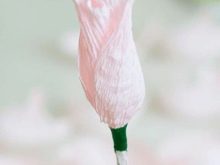
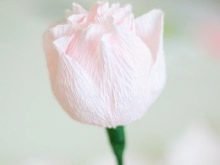
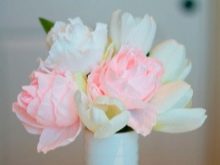
The screw assembly is suitable for creating flowers such as lavender, lilac, hyacinth from corrugated paper. To make them, you need to make many cuts on the strips of paper, and then wind each strip on a pencil or wooden stick to make the product look realistic. After that, the workpiece is wound on a wooden or plastic stick-stem, moving down with each turn.
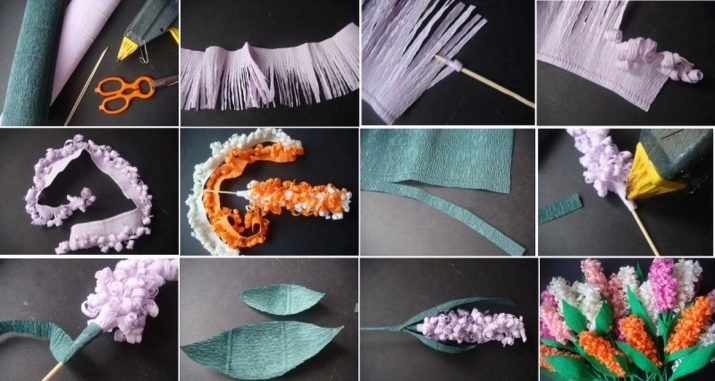
By rolling into a roll, carnations are obtained well. It turns out especially beautifully if you take two shades of the same color - for example, hot pink and powdery pink. This will add volume to the finished product.
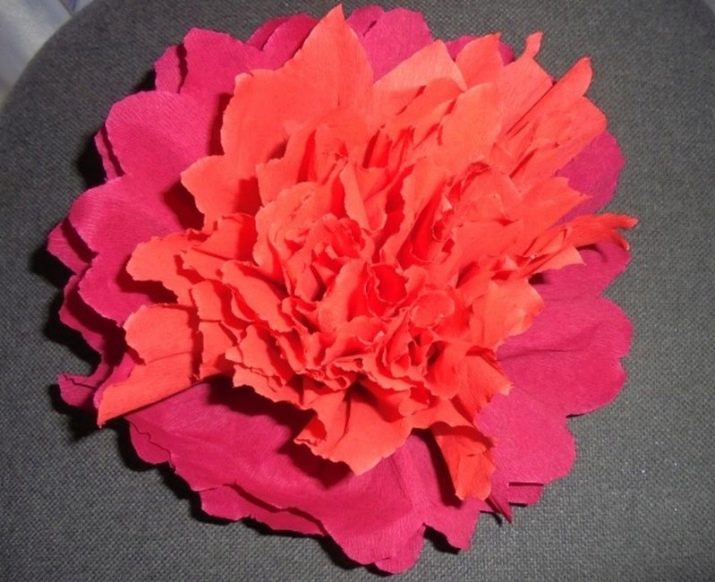
Separate petals are a very painstaking work, because such flowers do not have a base, they are literally connected one by one to each other. This technique is used to make cherry flowers, apple trees, pansies.
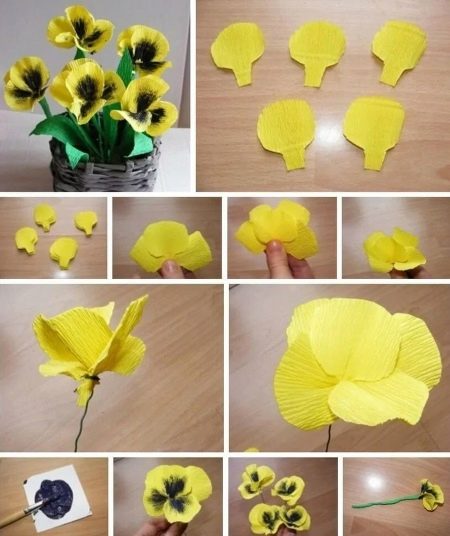
More flower gift ideas
A ball of flowers looks spectacular. For him, you will need a blank in the form of a ball made of foam or cardboard, on which ready-made roses or peonies will be glued. The ball can stand on the surface, in this case, its bottom can simply be pasted over with paper to match the colors. If the ball is covered with buds completely, then it can be hung or put in a basket.
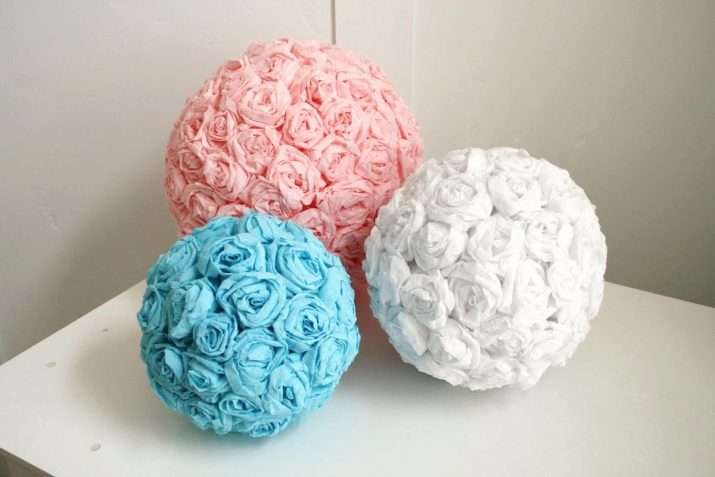
Even a preschooler can master the creation of an umbrella with flowers as a postcard decoration. A postcard is made from a sheet of colored cardboard or thick paper folded in half. For an umbrella, a small openwork napkin folded in four is suitable, or scrapbooking paper with a pattern or embossing. This element is glued to the postcard. Small details - the handle and nose of the umbrella can be drawn with a felt-tip pen or made of colored paper. The flowers that will fill the umbrella can be any - tulips, roses, dandelions and peonies are suitable. They can be performed using any of the techniques listed above. Dandelions or napkin roses are suitable for preschoolers.
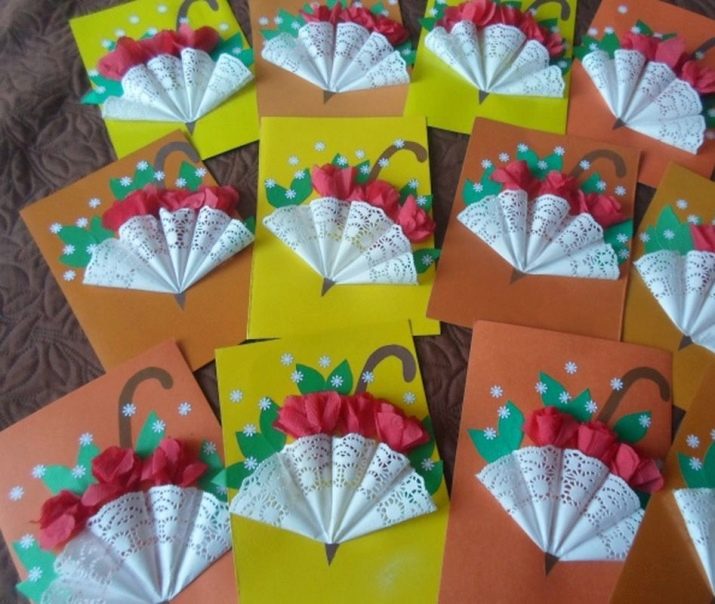
You can make a fan with flowers glued to it. The fan can be in the form of an accordion made of colored paper, which is very easy to do. You can work hard with a more complicated option - to make a fan of wooden skewers wrapped in corrugated paper, interconnected with a fabric mesh. If you put in a little effort, the product will turn out to be very effective.
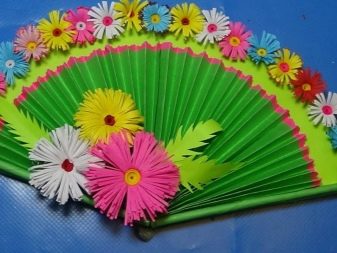
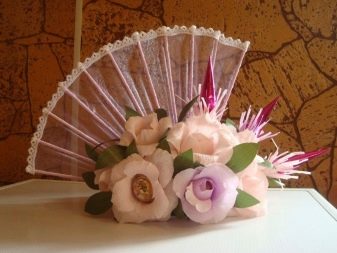
Examples of
A corrugated paper peony can be anything large.

Tulips in an envelope with a gift lettering - simple and cute.
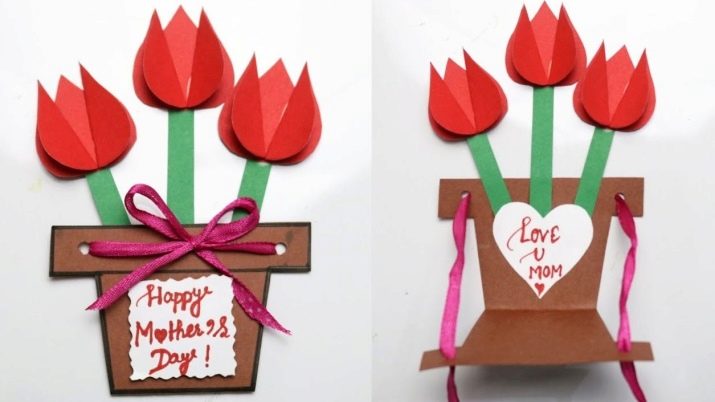
Rosettes from paper for scrapbooking.
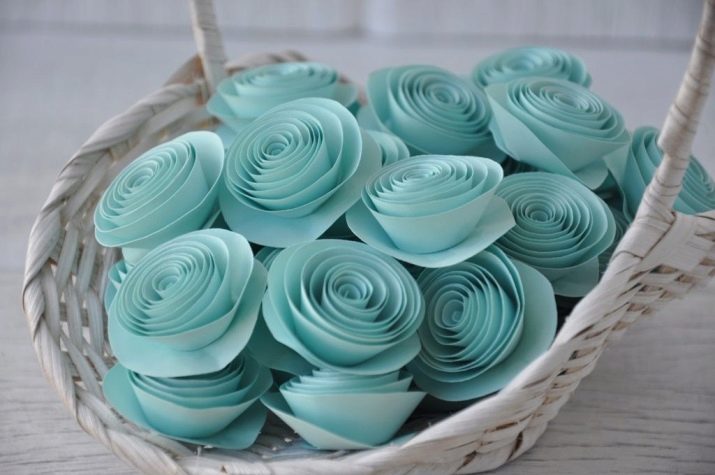
At first glance, you cannot tell this mimosa from the real one!
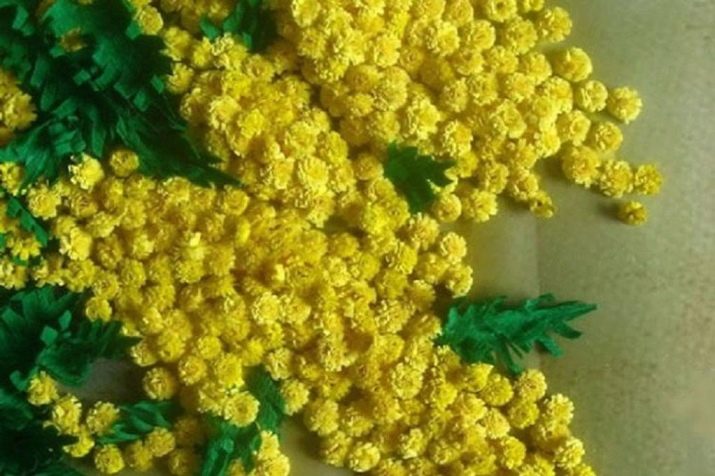
A napkin carnation looks alive.

An umbrella with flowers is a craft that even a kid can handle.

How to make a postcard with daisies for March 8, see the video.








